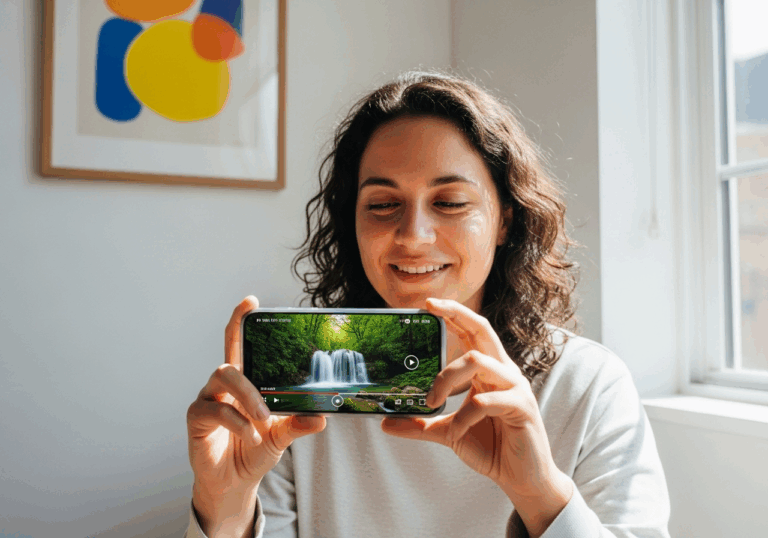Science-Backed Tips
Boost Your Mood with Digital Reminiscence
Reviewing past positive events can increase life satisfaction by 8%.
📊 Did you know?
💡 Why It Matters
1️⃣
Reflective digital reminiscing provides accessible emotional support, enhancing mental well-being.
2️⃣
An 8% increase in life satisfaction can significantly improve quality of life metrics.
3️⃣
Regular engagement with positive memories can serve as a simple, cost-effective mood booster.
✅ Try These Micro-Tips
🎯
Review digital photos of positive past events for 20 minutes each week.
🎯
Share these memories with friends or family to enhance social connections.
🎯
Create a dedicated album for uplifting moments to easily revisit them.
🎯
Set reminders to reflect on positive experiences regularly.
📚 The study
This means that simply scrolling through cherished photos and posts can serve as a powerful emotional support tool, enhancing our overall quality of life.
The findings emphasize the importance of reflective digital reminiscing as a cost-effective and accessible way to boost our mood and foster emotional resilience. Regularly engaging with our positive memories not only provides a momentary escape but also contributes to sustained emotional uplift.
In a world where mental health is increasingly prioritized, leveraging our digital footprints can be a simple yet effective strategy for self-soothing and enhancing our well-being.
So, the next time you find yourself lost in the nostalgia of your social media memories, remember that this practice is more than just a trip down memory lane; it’s a valuable tool for nurturing your mental health and happiness.
❓ Frequently Asked Questions ❓
Learn more
How does reviewing digital photos of positive past events affect well-being?
Reviewing digital photos of positive past events can increase overall life satisfaction by approximately 8%. It also boosts positive mood by around 10%, promoting sustained emotional uplift.
What is the recommended duration for reviewing positive memories?
It is suggested to spend about 20 minutes each week reviewing digital photos of positive past events. This regular engagement can serve as a simple and effective mood booster.
How can sharing memories with others enhance well-being?
Sharing positive memories with friends or family can strengthen social connections and enhance emotional support. This interaction can further amplify the benefits of reminiscing on well-being.
What is reflective digital reminiscing?
Reflective digital reminiscing involves looking back at positive content shared on social media to evoke happy memories. It serves as an accessible form of emotional support that can enhance mental well-being.
Why is it important to regularly engage with positive memories?
Regular engagement with positive memories can significantly improve quality of life metrics. It helps maintain a positive outlook and emotional resilience over time.
How can I create a dedicated album for uplifting moments?
You can create a dedicated digital album on your device or social media platform to store uplifting moments. This makes it easier to revisit and reflect on these positive experiences whenever needed.
What are some tips for setting reminders to reflect on positive experiences?
You can use calendar apps or reminder tools on your phone to set weekly alerts for reflecting on positive experiences. This practice helps ensure that you consistently engage with uplifting memories.
What impact does digital reminiscing have on life satisfaction?
Users reported an approximate 8% increase in life satisfaction after reflecting on positive content. This improvement can lead to a more fulfilling and enjoyable life.
Can digital reminiscing be considered a form of emotional support?
Yes, reflective digital reminiscing can be viewed as a form of accessible emotional support. It allows individuals to reconnect with positive feelings and experiences, enhancing their overall mood.
What are the overall benefits of engaging in digital reminiscence?
Engaging in digital reminiscence can lead to a significant uplift in positive mood by about 10%. It promotes emotional well-being and can be a cost-effective way to boost mental health.





